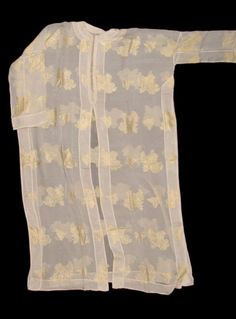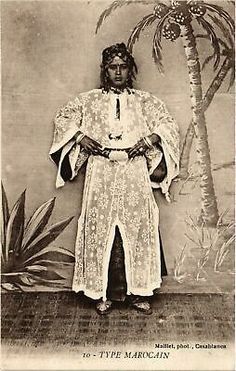When Sultan Ahmed al-Mansur ascended the throne of the Saadi dynasty in 1578, he got down to showcase the newfound energy and prosperity gained from the Portuguese defeat, a victory that introduced each status and wealth.
Shortly after assuming the throne, he launched the bold development of the El Badi Palace in Marrakech, a logo of a brand new period. He additionally shaped alliances with Western powers, notably with the British, by a collection of diplomatic missions to London.
Above all, he sought to distance himself from the shut ties his late brother, Sultan Marwan Abd al-Malik—who died within the battle towards the Portuguese at Ksar el-Kebir—had established with the Ottomans.
Vogue as a political assertion
This break from the Ottomans went past politics; it prolonged to style. Ahmed al-Mansur understood the ability of style as a historic and political assertion. In contrast to his brother, who had spent 17 years in Ottoman-controlled territories and adopted Ottoman apparel at courtroom, al-Mansur sought to revive conventional Moroccan costume.
In keeping with Moroccan historian Nabil Mouline in his analysis paper «Le Califat imaginaire d’Ahmad al-Mansûr: Pouvoir et diplomatie au Maroc au XVIe siècle», Abd al-Malik’s publicity to Ottoman tradition had led him to desert the longstanding Moroccan costume customs. Mouline notes, «This prince, who had lived most of his life in Ottoman lands, determined to undertake their costume code and even imposed it on his topics».
By dressing in luxurious Ottoman clothes and discarding the normal white apparel of former Saadi sultans, Abd al-Malik was not solely abandoning native custom however, in a approach, acknowledging Ottoman affect.
Nevertheless, when Ahmed al-Mansur got here to energy, he intentionally broke with this custom, restoring the «native custom of dressing» on the Saadi courtroom. Mouline, drawing on stories from the primary Spanish embassy to Morocco below al-Mansur in 1579, writes that al-Mansur «wore white garments within the Moroccan fashion and had a turban on his head». This return to conventional costume was a robust political assertion, signaling that al-Mansur «didn’t acknowledge Ottoman sovereignty».
Mouline additional explains, «Inside months of his accession, the Sultan restored the white coloration as the logo of the Western Caliphate (Saadi state). The time period ‘Moroccan’ to explain the Sultan’s costume illustrates the distinction with the ‘Turkish’ fashion adopted by his predecessor». By doing so, al-Mansur was affirming the «independence and sovereignty» of the Saadi dynasty, a political stance he termed «the Western Islamic caliphate».
Mansouria, innovating Moroccan style
Al-Mansur didn’t merely revive custom; he additionally launched new types to Saadi style. An outline by Spanish agent Jorge de Henin within the early seventeenth century provides perception into the apparel of Saadi rulers on the time. In keeping with Mouline, de Henin describes the sultan’s son Abu Faris as sporting «huge trousers cinched on the waist by a silk belt embroidered alongside the edges, a shirt with slender sleeves and buttons on the wrists, and over it a protracted, wide-sleeved garment referred to as a mansuriya (Mansouria)».
This garment, the Mansouria, was a brand new addition attributed to Sultan Ahmed al-Mansur. Fabricated from tremendous muslin and particularly designed for him, the mansouria later turned identified by his identify. Historian Ahmad al-Maqqari al-Tilmisani, a recent of Ahmed al-Mansur, refers to this garment in Nafh at-Tib, a historic compendium of Al-Andalus and Morocco, describing the Mansouria as a «sort of clothes identified in Morocco», crafted for the sultan and later named after him.
In keeping with sources on conventional Moroccan clothes, the Mansouria was usually worn over the caftan. Initially worn by each women and men, it will definitely turned an announcement piece for girls, particularly these in cities.

The ebook Costumes of Morocco notes that the Mansouria served because the izar—an outer garment—particularly standard amongst rich city girls who wore it as a substitute of the extra widespread izar. «The izar is longer and product of muslin, with huge sleeves, resembling the dfina of the cities, often known as farajtya or mansuriya», reads the ebook.
It provides, «All these mild cottons and adorned muslins are imported. They’re purchased in close by city souks and convey city luxurious to the countryside, regularly changing easy cottons, now reserved for every day put on».

The Mansouria, later known as farajiya, was worn over the caftan, usually product of muslin to disclose the magnificence of the garment beneath. Together with different conventional Moroccan apparel such because the gandoura, takchita, and djellaba, this garment has endured by the ages, illustrating the methods during which politics can form and protect style.
